Create a variety of 3D shapes with this comprehensive set of net templates.
What Are 3D Nets?
3D nets are a flattened-out version of a 3D shape that can be cut out, folded and adhered together to create a model of that particular 3D shape.
3D nets are great teaching tools to help students understand the properties of these shapes, as they can see and count the faces, edges and vertices with greater ease and accuracy. Students also love decorating their nets with bright and vibrant designs … and you can make some very cool creations with them, too!
What’s Included in This 3D Net Template Pack?
This 3D net pack includes the following nets:
- cube
- rectangular prism or cuboid
- triangular prism
- pentagonal prism
- hexagonal prism
- octagonal prism
- cone
- cylinder
- triangular-based pyramid
- square-based pyramid
- pentagonal-based pyramid
- hexagonal-based pyramid
- octagonal-based pyramid.
How to Make 3D Nets
To make these 3D nets, follow these simple instructions.
- Print copies of the net you require. Thick card works better than paper.
- Cut around the outside of the net. Be sure to cut around the flaps, too!
- Fold the flaps along the solid lines.
- Fold along the other solid lines.
- Use glue or tape to adhere the flaps to the corresponding faces.
- You have a completed 3D object!
Download This and Other Great 3D Shape Activities!
Use the Download button to access these handy 3D net templates.
Looking for other resources to teach 3D shapes to your students? We can help!
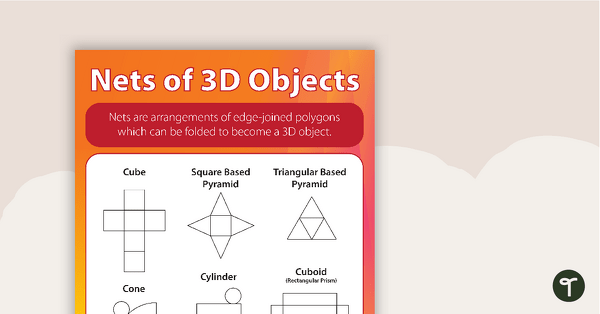
teaching resource
Nets of 3D Objects - Poster
A poster highlighting the nets of a selection of 3D Objects.

teaching resource
3D Object Profiles – Template
Draw, name and describe the features of 3D objects with this profiling template.
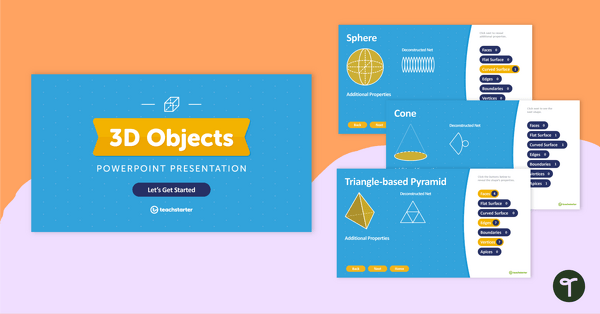
teaching resource
3D Objects – Interactive PowerPoint Presentation
Explore the names and properties of a range of three-dimensional objects with this comprehensive interactive PowerPoint presentation.



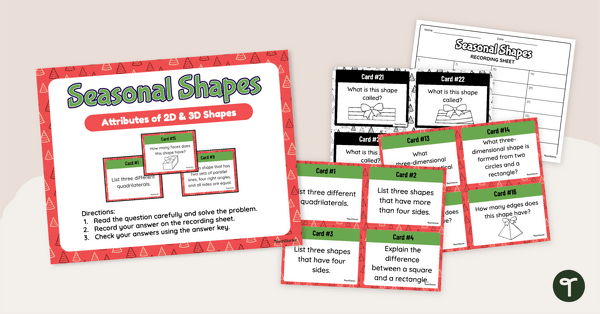
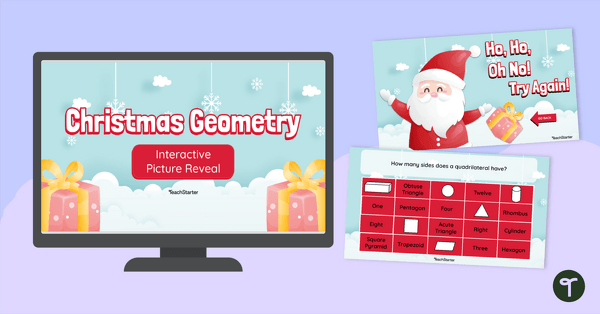


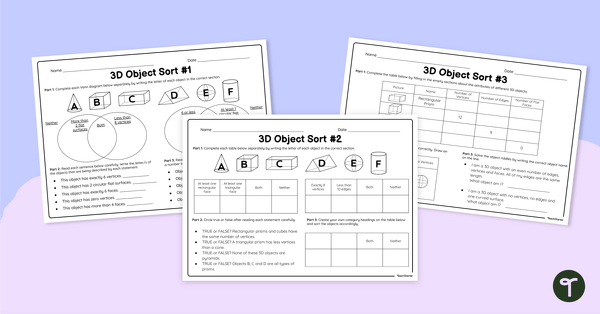
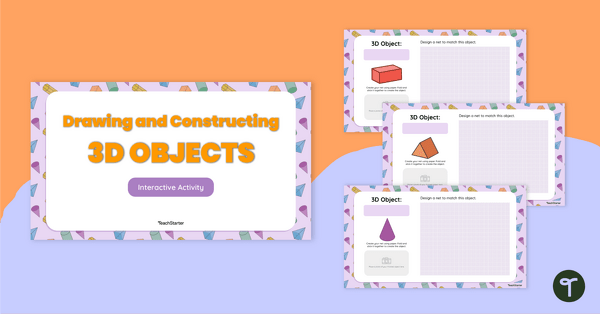
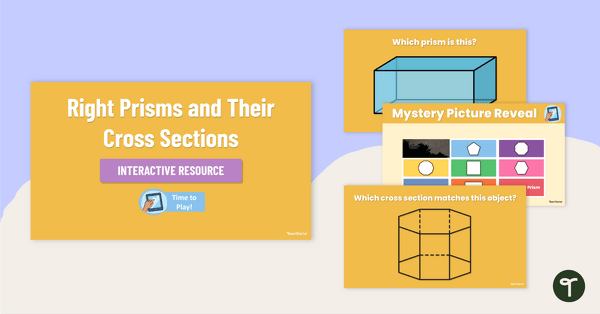
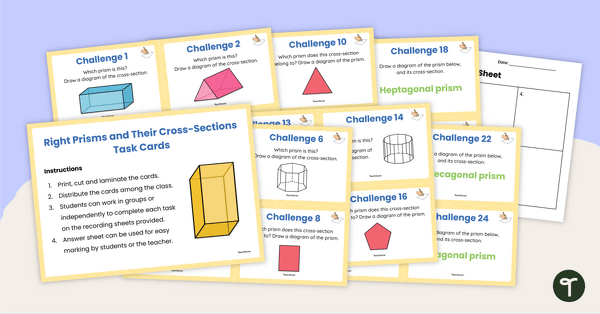
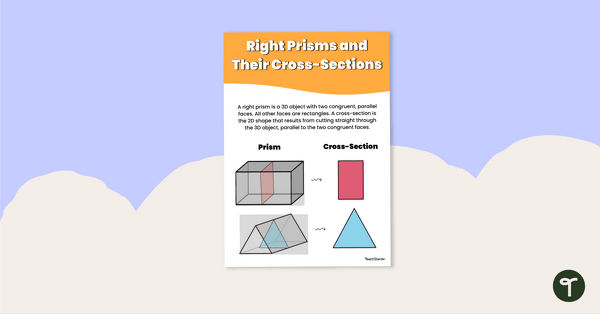
Thank you great resource
You're most welcome, Sasha!
great resource for students.